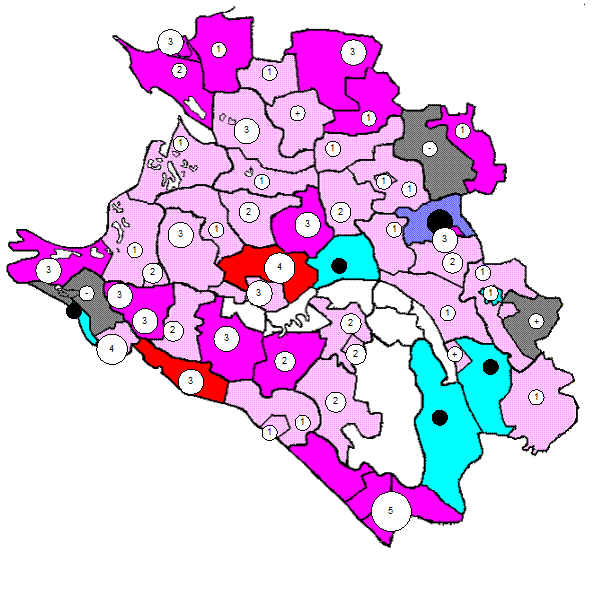State the part of speech of the following words. Translate them.
To specialize, specialist, speciality, special, specialization, especially. Science, scientist, scientific, scientifically. To include, to exclude, inclusion, inclusive. To derive, derivation, derivative. To divide, division, divisor, divisible. To define, definition, definite. To differ, difference, different, differently. Indifference, indifferent, indifferently. To resemble, resemblance. Match the phrase in column A with its meaning in column B.
3.3 Read the text and define its main idea: ANIMALS AND PLANTS No one knows how many different kinds of plants and animals there are. Many of them provide us with food, clothing, shelter and medicines. Some, including several kinds of insects, pierce our skin and feed on the blood. Others, both plants and animals, even live and grow inside our bodies. In this way they may cause disease. You can see why scientists study living things with great care. Our lives may depend on how much we have learned about the living things around us. As there are so many different kinds of plants and animals, the task of the biologists is not an easy one. To keep track of the great number of living things a system of classification has been set up. Plants and animals are sorted into groups according to the way they are built. For example, the tiger, the leopard, and the lion will be all grouped together. All of them belong to the cat family. All the members of the cat family, in turn, belong to a larger group that includes such meat-eating animals as the dog the bear. They have teeth that are built for tearing and cutting flesh. Their sharp claws help them to capture and eat their prey. In this way, all plants and animals were classified by their structure. All living plants and animals were divided into three kingdoms: the animal kingdom and the plant kingdom and the fungi. Among the smallest and simplest living things there are some that are difficult to classify. There are tiny plant-like cells that can swim about actively in the water. In some cases, the classification of these is still in doubt. The animal kingdom, as we have seen, includes many thousands of different animals. Scientists classify them further as follows: Animal kingdom A. Invertebrates (Animals without backbones) 1. One-celled animals (Protists) 2. Sponges 3. Cup animals (jelly-fishes and corals) 4. Spiny-skinned animals (star-fishes and their relatives) 5. Worms 6. Mollusks (oysters, snails, squids) 7. Jointed-legged animals (lobsters, spiders, insects) a) crustations b) ticks B. Vertebrates (Animals with backbones) 1. Fishes 2. Amphibians (Frogs, toads, salamanders) 3. Reptiles (Snakes, lizards and turtles) 4. Birds 5. Mammals The plant kingdom includes tiny one-celled plants that can be seen only with a powerful microscope and the great redwood and sequoia trees of the Pacific coast, the oldest and the largest living things on earth. Down through the ages, man has relied upon plants for many of his needs. The beauty of plants enriches our lives. Most important of all is the fact that the other living things in our world could not exist very long without their plant neighbours. Some plants have no roots, stems or leaves. Some of them consist of only one cell. Others, like the giant seaweeds may be more than 100 feet long. They are divided into the following groups: Plant kingdom 1. Algae 2. Lichens 3. Bryophytes 4. Ferns 5. Licopodii 6. Horsetails 7. Gymnosperms 8. Flowery plants The third kingdom is the fungi. They have no chlorophyll. They must get their food from other plants and animals. Match the words from the text with their equivalents. A: Kind, to feed on, to study, to include, to classify, living thing. B: Substance, to eat, to investigate, type, to group, to put into.
|




